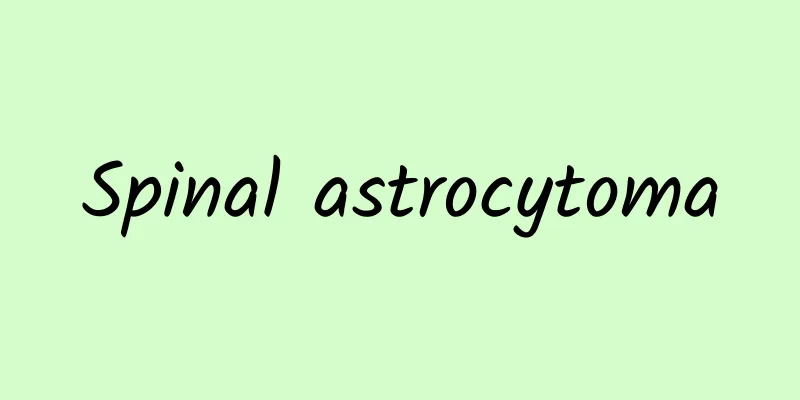What is an incisional hernia?

|
Incisional hernia is a medical term that is difficult for many ordinary people to understand. In order to make it easier for everyone to understand, I will explain it to you in plain language today. If there is a problem with your internal organs (heart, liver, spleen, lungs, large intestine, small intestine, urinary system, reproductive system) and surgery is required, an incision must be made on the belly. The incision is prone to incisional hernia, which means that the incision does not heal well and a lump appears. Poor wound healing refers to the rupture of the fascia layer deep in the incision. The most common site for incisional hernia is the incision below the navel, and the incision is longitudinal. The most common causes of such incisions in women are gynecological diseases, uterine fibroids, ovarian cysts, etc. Because the skin and subcutaneous fat layer on the incision surface have healed and the fascia layer has ruptured, the internal organs or tissues herniate outward under the action of intra-abdominal pressure. The hernia sac may be the healed peritoneum, or it may be formed by gradual crawling after the peritoneum ruptures. The etiology and pathogenesis of incisional hernia are the same as those of incisional dehiscence. Causes of incisional hernia: (1) Age factor: Incisional hernia is more common in elderly patients and rarely occurs in young and middle-aged people. (2) Abdominal wall strength: Patients with weak abdominal walls are relatively prone to incisional hernia. When the incision was sutured for the second time after it split, it was found that the suture line was not broken or untied, but the fascia and aponeurosis were cut by the suture line. The cause of incision dehiscence and incisional hernia is actually the failure or delayed healing of the incision fascia layer, resulting in the sutures cutting the fascia and aponeurosis. (3) Nutritional status: Malnutrition, such as anemia, hypoproteinemia, and vitamin C deficiency, can lead to incision edema, hypoxia, and insufficient procollagen synthesis, resulting in non-healing of the incision or fascia and causing incision dehiscence or incisional hernia. (4) Intra-abdominal primary diseases: A large number of clinical observations have found that intra-abdominal primary diseases are closely related to the healing of incisions and the occurrence of incisional hernias. Incisional hernia is a complication after surgery. It is not caused by special reasons and is generally not difficult to heal after subsequent treatment. Everyone should strengthen nutrition before and after surgery to achieve a balanced nutrition in the body. Some chronic diseases must be controlled well, blood sugar of diabetic patients must be controlled to meet the standard, and blood pressure must be controlled well so that the incision can heal well. |
<<: What is discoid lupus erythematosus
Recommend
Can cholecystitis cause chest tightness?
The symptoms of cholecystitis are very prominent,...
What diseases can Ginseng Shunqi Powder treat?
Among all Chinese medicinal herbs, ginseng is a r...
There is a blood clot in the nose but no bleeding
The main function of the nose in the human body i...
Benefits of opening up the Ren and Du meridians
In many martial arts novels, the Ren and Du merid...
The correct way to brush your teeth with baking soda
Baking soda is quite common in our daily life and...
Can eating more protein help you lose weight?
Protein is an important nutrient in the human bod...
Is raw Atractylodes macrocephala better or fried Atractylodes macrocephala better?
Whether it is raw Atractylodes macrocephala or fr...
What are the symptoms of perianal abscess and how to prevent it?
The cause of perianal abscess is not understood b...
What is the concentration of medical alcohol?
Medical alcohol has a wide range of uses. It can ...
Why do we have tiger teeth?
Canine teeth are also called canine teeth. People...
When to take placenta capsules
Placenta capsule is a relatively expensive health...
Is the gecko poisonous?
The gecko, an animal of the Gekkonidae family, is...
What is the method of making Fengliu fruit wine?
The method of soaking Fengliu fruit in wine requi...
The taboos of decocting Chinese medicine are fatal
Western medicine only treats the symptoms but not...
Is knee pain when squatting a sign of calcium deficiency?
When our knees hurt when we squat, the first thin...









